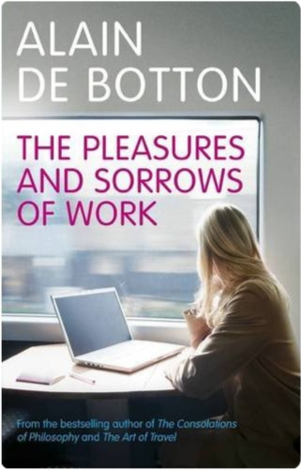Unlike sequels, prequels are very difficult to make because the director faces an extra challenge: the audience knows what happens next. Therefore, to make a successful prequel, one needs to construct a story that leads to what the audience already knows. On way to achieve this would be to focus within the psyche of the movie characters; to present all those events and experiences that have influenced the characters and made them to behave exactly as they did in the movies the audience has already seen. In short, to explain why the protagonists are like that.
It is exactly this recipe that the X-Men: First Class movie follows, and, quite successfully, I might add. Unless you are a fan of the X-Men and have a stack of old comics in the back of your cupboard, you probably don’t know their history. You are probably not aware how Professor Xavier started his X-Men academy in a secret location. How Magneto found a helmet that blocks Professor Xavier’s mind-reading ability. How Mystique ended up with Magneto. Why Xavier is called Professor. And above all, how Professor Xavier and Magneto became rivals.
The movie fills exactly this gap in our knowledge. It begins with two parallel stories: this of Magneto as a young Erik, who becomes aware of this power during periods of intense anger, experienced when he was held hostage in a Nazi concentration camp, and the other of Professor Xavier, or Charles, who has a quiet upbringing in his wealthy American home. Here Charles meets Mystique, who becomes his step-sister and follows him to his studies at the University of Oxford in England. The paths of Erik and Charles will first converge when Charles, now an accomplished Professor of Genetics at the University of Oxford specialising in mutations, will help the CIA in finding other mutants. Erik and Charles will join forces to find and recruit many more mutants in their efforts to prevent Sebastian Shaw – another powerful mutant – from staring World War III by mingling in the affairs of the Americans and the Russians in midst of the cold war era and being responsible for the Cuban missile crisis. Only for Erik, killing Sebastian Shaw is his ulterior motive. Sebastian’s true identity is Dr Schmidt; a doctor working for the Nazis, who first unearthed Erik’s mutant powers, but also killed Erik’s mother.
Although Magneto’s quest for revenge dominates the movie compared to the transformation of Professor Xavier into a guardian and trainer of the young X-Men, the story progressively gains momentum and culminates into the final making of the arch rivals. The visual effects, especially for Mystique’s numerous transformations have been masterfully executed. The script even included some humorous elements: i) a joke from Professor Xavier that he might go bald, ii) a cameo appearance from Hugh Jackman as Wolverine, and iii) a cameo appearance from Rebecca Romijin, the actor who played Mystique in the later movies, in an effort of the current Mystique to woo Magneto.
Even though the movie has been fun and interesting to watch, it did not have anything special that made it stand out. However, it is a pleasant movie to watch on a night out with friends.
Lambda.
P.S.: All images © respective owners















